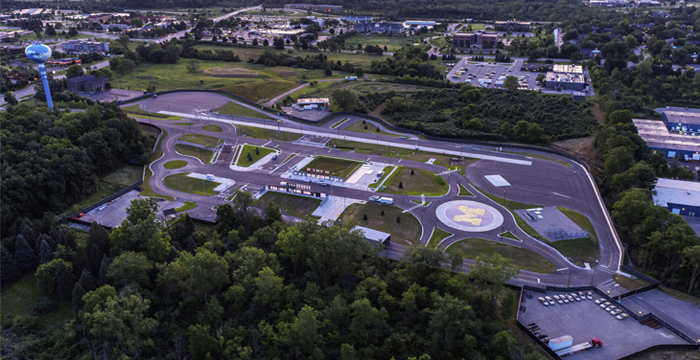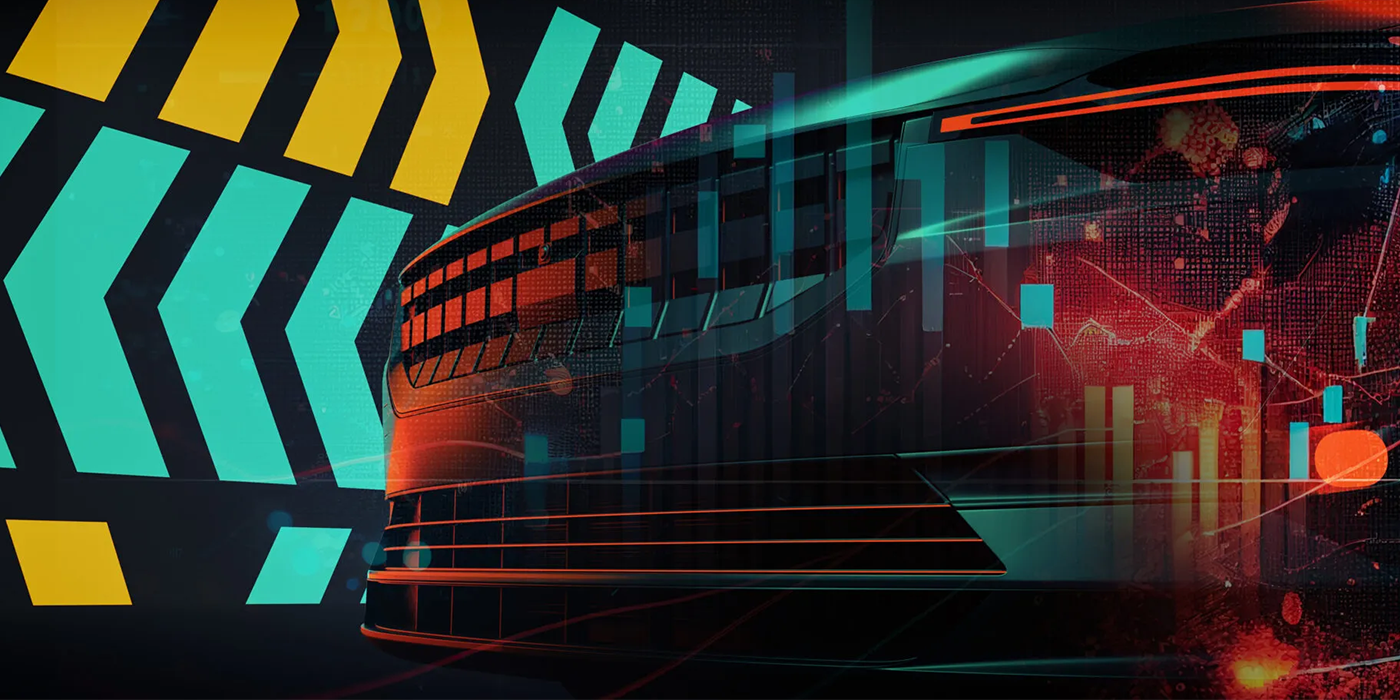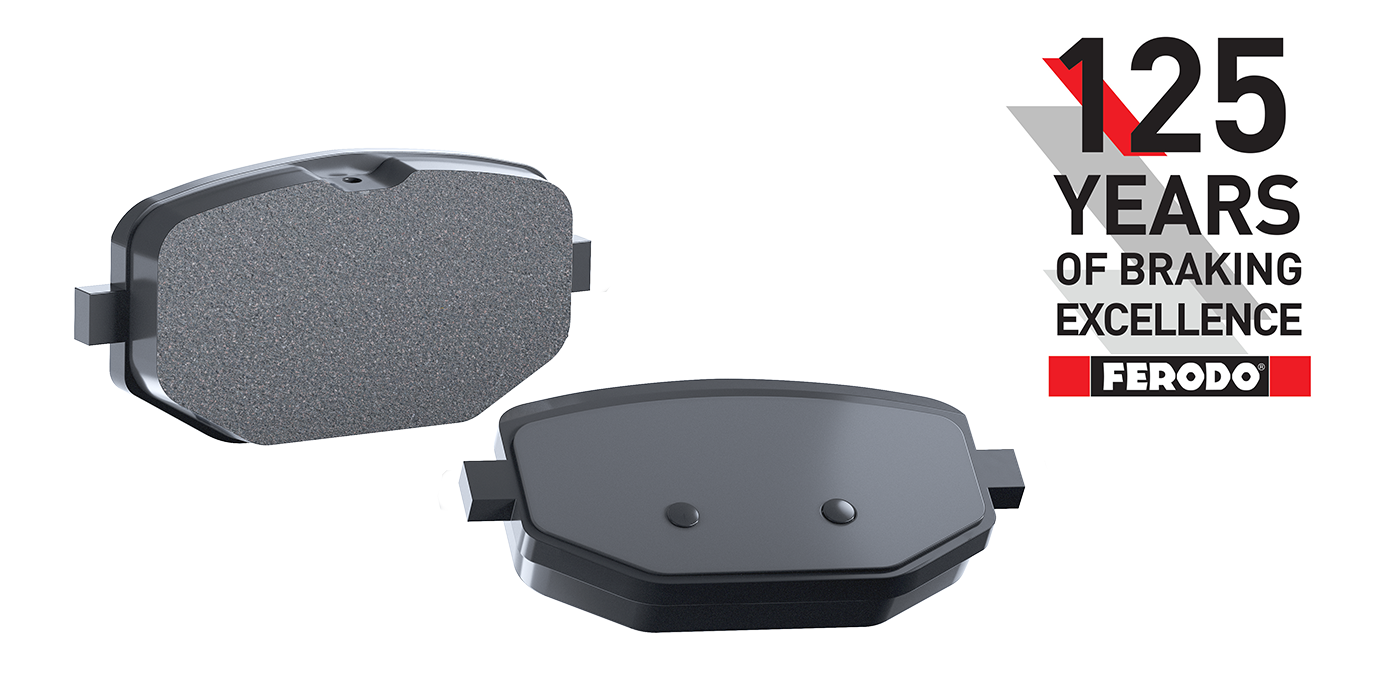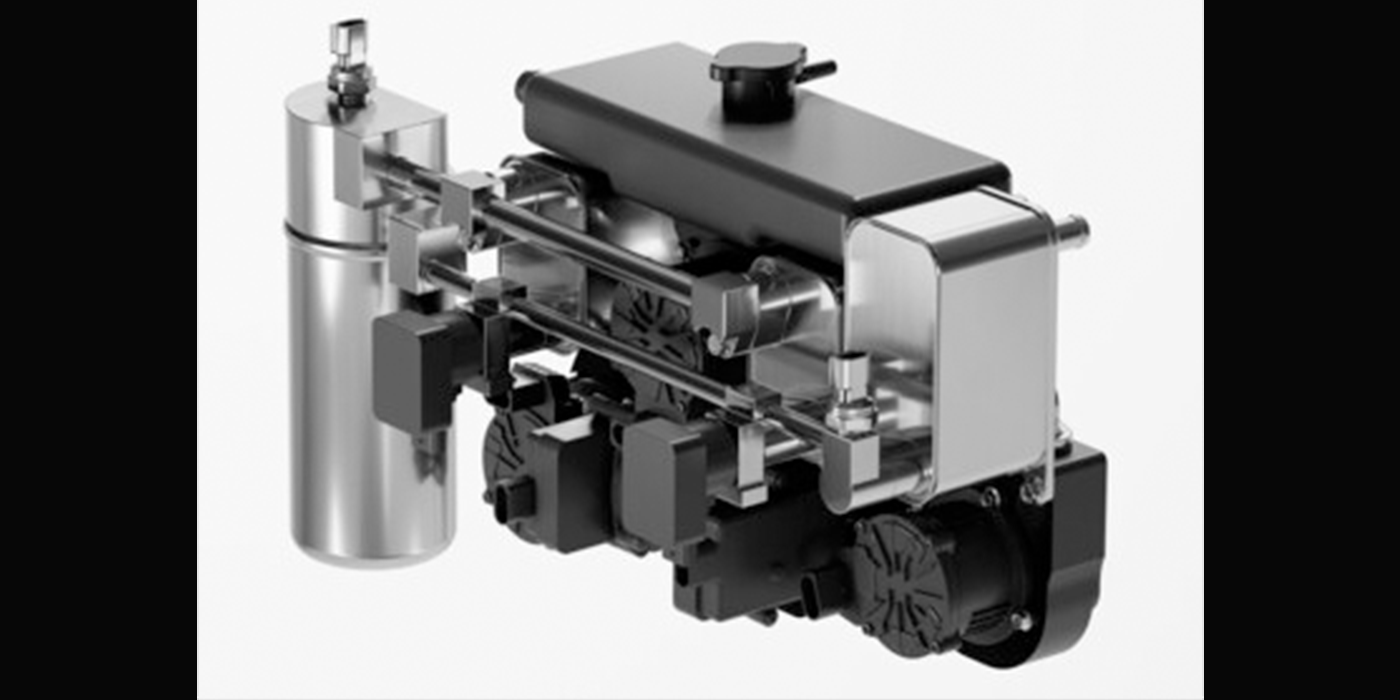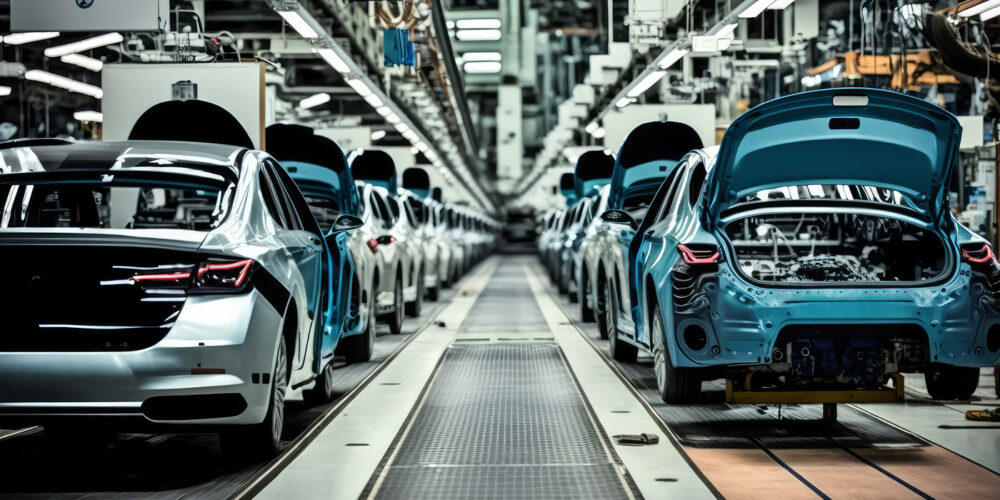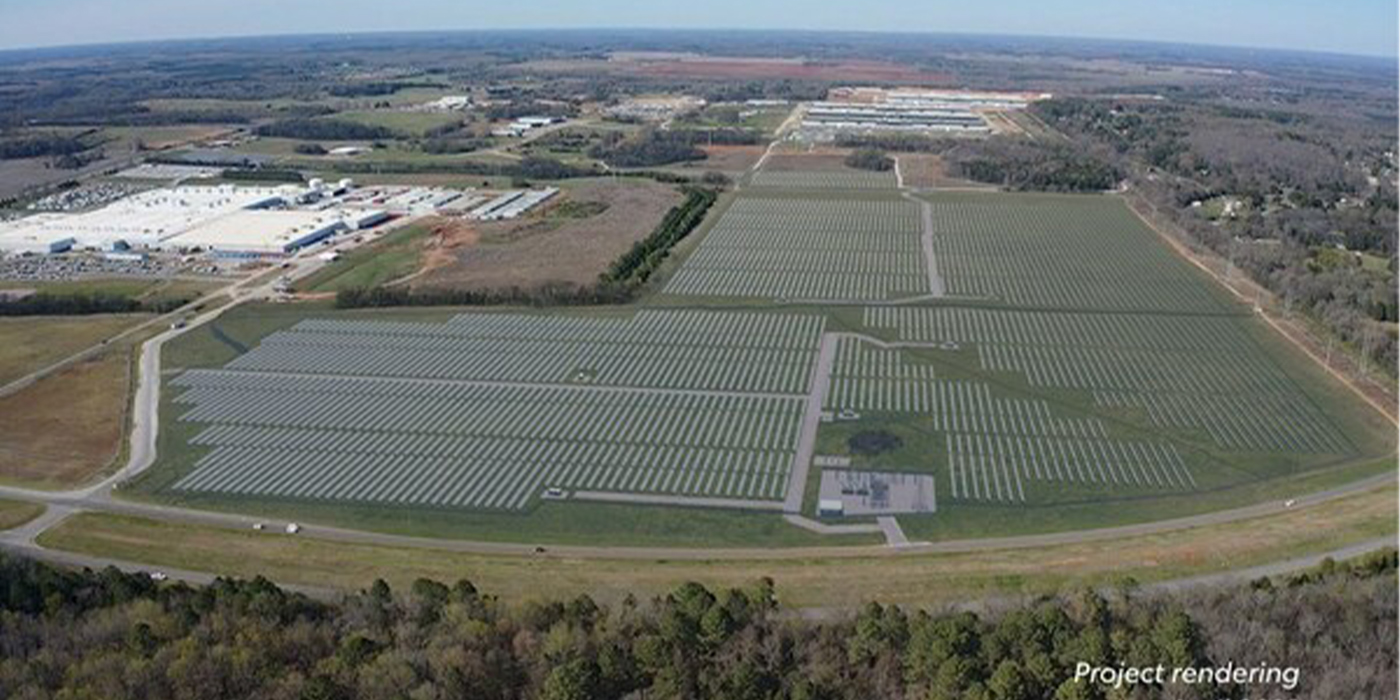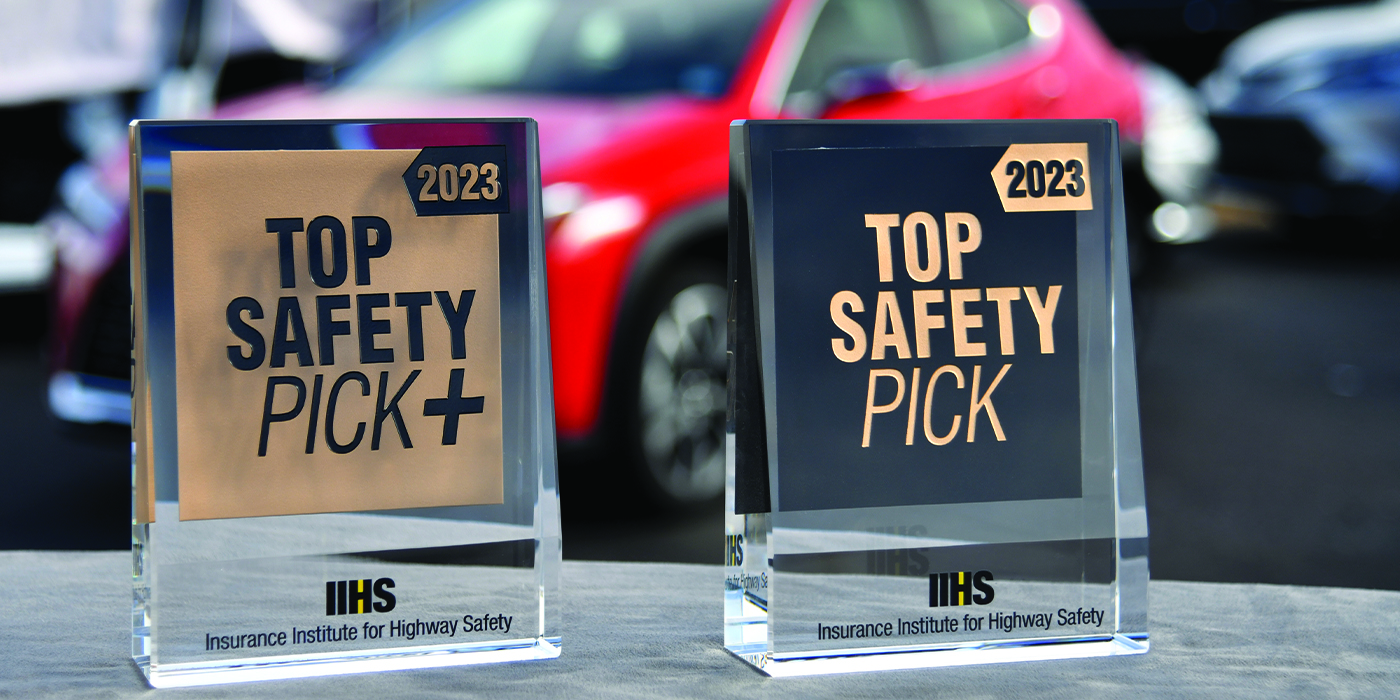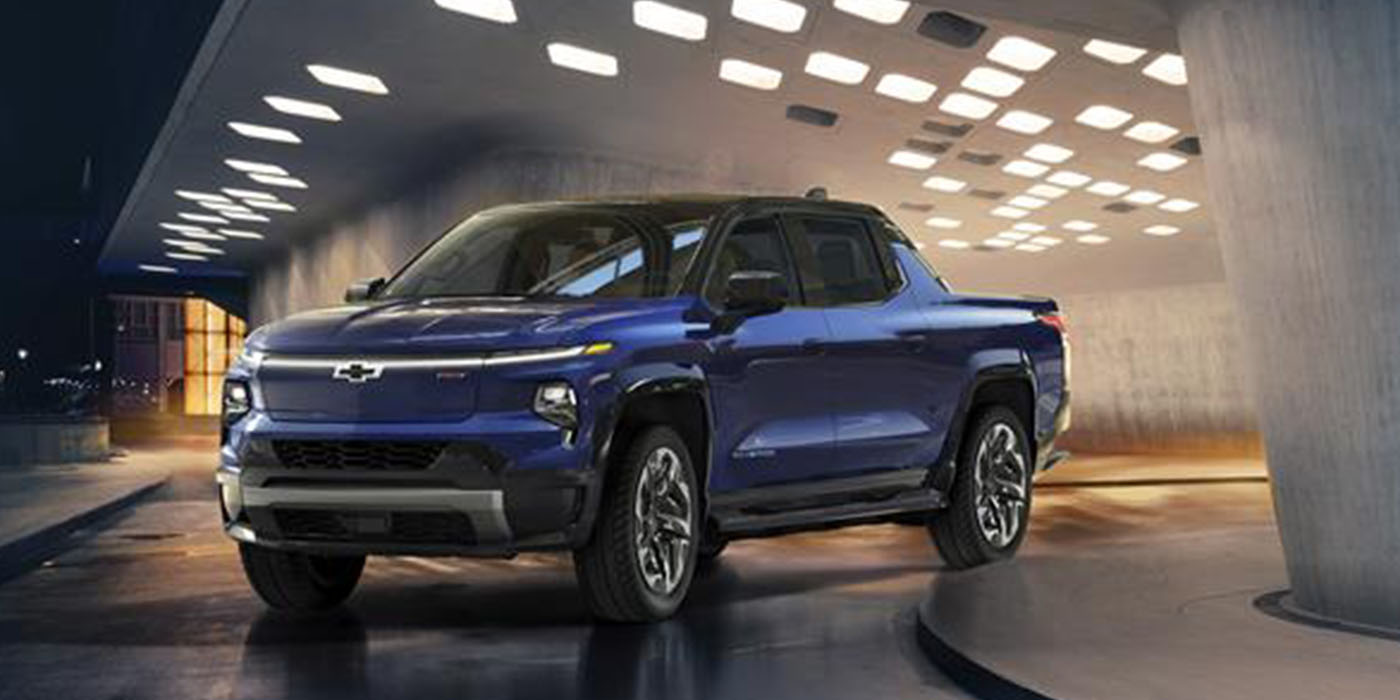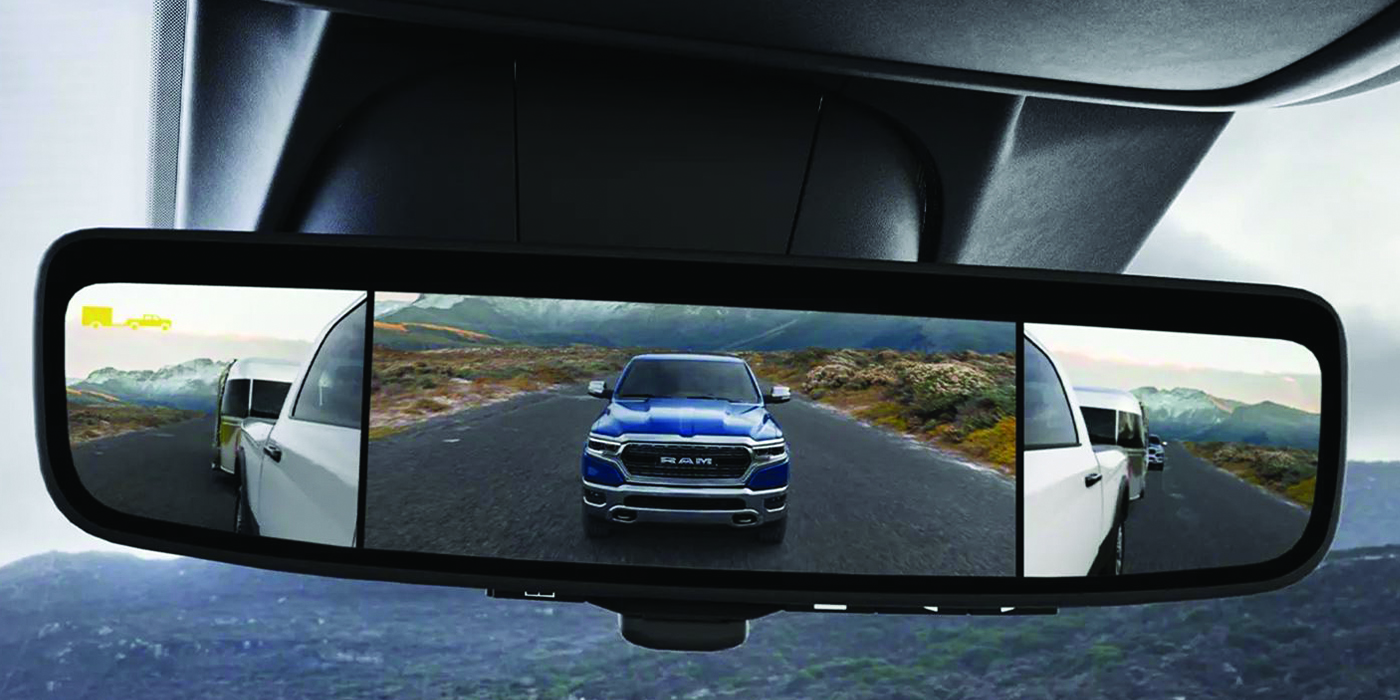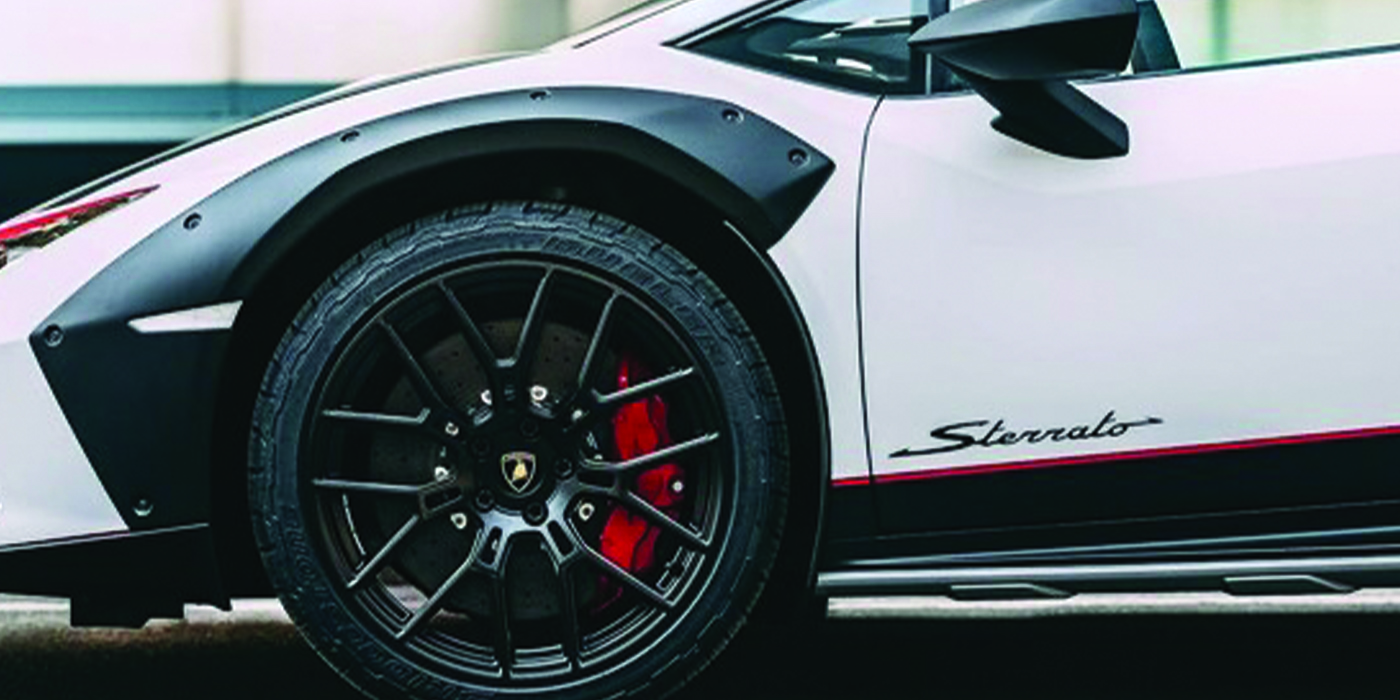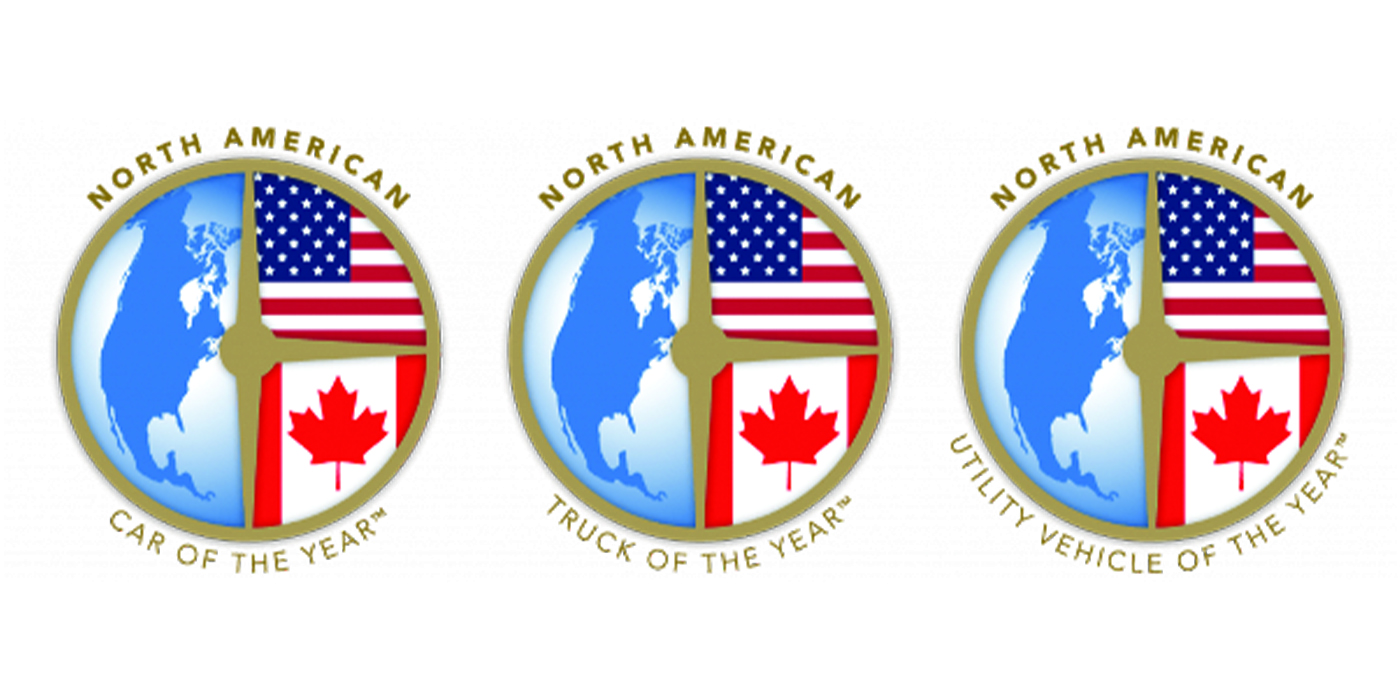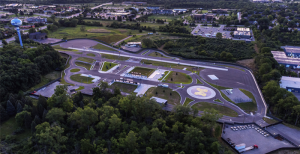 The University of Michigan yesterday opened Mcity, which is believed to be the world’s first controlled environment specifically designed to test the potential of connected and automated vehicle technologies that will lead the way to mass-market driverless cars.
The University of Michigan yesterday opened Mcity, which is believed to be the world’s first controlled environment specifically designed to test the potential of connected and automated vehicle technologies that will lead the way to mass-market driverless cars.
“We believe that this transformation to connected and automated mobility will be a game-changer for safety, for efficiency, for energy and for accessibility,” said Peter Sweatman, director of the U-M Mobility Transformation Center (MTC). “Our cities will be much better to live in, our suburbs will be much better to live in. These technologies truly open the door to 21st century mobility.”
Mcity was designed and developed by U-M’s interdisciplinary MTC, in partnership with the Michigan Department of Transportation (MDOT). The facility also underscores Michigan’s emergence as a leader in advanced mobility, building on the state’s position as the global center of automotive research and development for more than a century. Today, Michigan is home to 375 automotive research centers, and has the highest concentration of industrial and mechanical engineers in the country.
Mcity is a 32-acre simulated urban and suburban environment that includes a network of roads with intersections, traffic signs and signals, streetlights, building facades, sidewalks and construction obstacles. It is designed to support rigorous, repeatable testing of new technologies before they are tried out on public streets and highways.
In particular, Mcity allows researchers to simulate the environments where connected and automated vehicles will be most challenged. Even seemingly minor details a vehicle might encounter in urban and suburban settings have been incorporated into Mcity, such as road signs defaced by graffiti and faded lane markings.
The types of technologies that will be tested at the facility include connected technologies – vehicles talking to other vehicles or to the infrastructure, commonly known as V2V or V2I – and various levels of automation all the way up to fully autonomous, or driverless vehicles.
MTC is a public-private partnership among industry, government and academia. The center was established to lay the foundation for a commercially viable ecosystem of connected and automated mobility that will revolutionize the movement of people and goods worldwide. A key MTC goal is to put a shared network of connected, automated (including driverless) vehicles on the road in Ann Arbor by 2021.
In addition to Mcity, MTC has three on-roadway connected and automated vehicle deployments underway. With the help of the Michigan Economic Development Corp., MTC is building on a nearly 3,000-vehicle connected technology project launched three years ago by the U-M Transportation Research Institute to create a major deployment of 9,000 connected vehicles operating across the greater Ann Arbor area.
MTC also is partnering with industry and the Michigan Department of Transportation to put 20,000 connected vehicles on the road in Southeast Michigan. The third piece of the plan calls for deploying a 2,000-vehicle mobility service of connected and automated vehicles in Ann Arbor.
MTC was launched in 2013 and Mcity construction began last year. About $10 million has been invested in the test facility, with funding coming from U-M and MDOT. Mcity will be available for use by any organization, but priority will be given to MTC partners and U-M faculty and students.
MTC is working closely with 15 Leadership Circle member companies, each investing $1 million over three years. Thirty-three Affiliate Members are also contributing, and investing $150,000 over three years. Current Leadership Circle companies include:
- Delphi Automotive PLC
- DENSO Corp.
- Econolite Group Inc.
- Ford Motor Co.
- General Motors Co.
- Honda Motor Co. Ltd.
- Iteris Inc.
- Navistar Inc.
- Nissan Motor Co. Ltd.
- Qualcomm Technologies Inc.
- Robert Bosch LLC
- State Farm Mutual Automobile Insurance Co.
- Toyota Motor Corp.
- Verizon Communications Inc.
- Xerox Corp.
For more information, go to: http://mtc.umich.edu.

